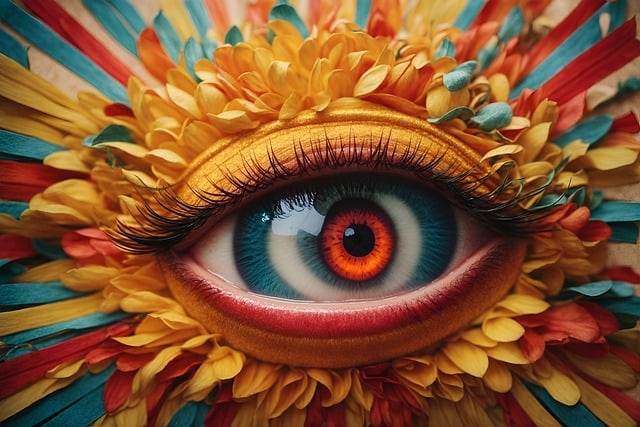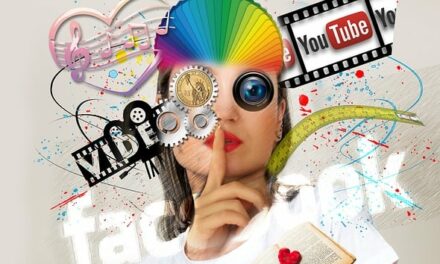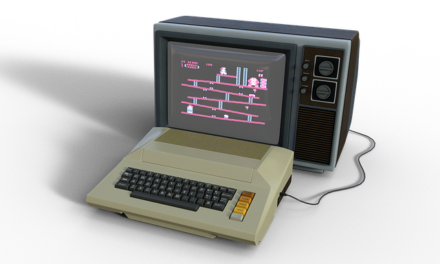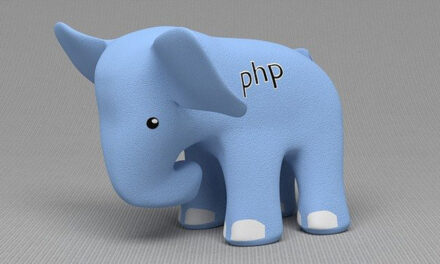The Evolution of AI Graphic Art Design Tools: A Comprehensive Overview of the Top 8
In the rapidly evolving world of graphic art design, artificial intelligence (AI) has made its mark by revolutionizing the creative process. The marriage of creativity and technology has led to the development of AI-powered graphic art design tools that are changing the way designers conceptualize, create, and iterate on their projects. In this article, we’ll explore the top 8 most popular AI graphic art design tools that have taken the industry by storm.
1. Adobe Sensei
Adobe Sensei, developed by Adobe, is an AI and machine learning framework that enhances the capabilities of Adobe’s creative software suite. It powers features such as automatic colorization, intelligent font suggestions, and content-aware cropping in tools like Photoshop, Illustrator, and InDesign. By analyzing user behavior and trends, Adobe Sensei assists designers in making informed decisions and streamlining their design workflows.
2. Runway ML
Runway ML offers a platform that bridges the gap between artists and machine learning models. It provides an accessible interface for designers to experiment with various AI models, enabling them to create interactive installations, generative art, and animations. With pre-trained models and a user-friendly interface, Runway ML empowers designers to leverage AI without a deep understanding of coding.
3. Artbreeder
Artbreeder is a powerful AI-driven tool that allows designers to blend and manipulate images, creating unique and visually stunning artworks. By utilizing a technique called “genetic” image mixing, Artbreeder lets users morph and combine images to generate entirely new visual concepts. The tool is particularly popular among digital artists and illustrators seeking inspiration from AI-generated imagery.
4. NVIDIA Canvas
NVIDIA Canvas leverages generative adversarial networks (GANs) to transform simple sketches into complex and realistic artworks. Designers can start with rough sketches, and the AI system extrapolates intricate details, textures, and colors, resulting in polished illustrations. This tool is especially useful for concept artists looking to quickly visualize their ideas with a professional touch.
5. DeepDream
Originally developed by Google, DeepDream is an open-source AI tool that creates surreal and psychedelic images by enhancing patterns and textures within existing pictures. Although it began as a research project, it has gained popularity among artists for its ability to transform ordinary images into extraordinary visual experiences.
6. DALL-E
DALL-E, a creation of OpenAI, is an AI model that generates images from textual descriptions. This tool is incredibly valuable for artists looking to turn their ideas and concepts into visual representations. By simply describing the desired image, DALL-E can produce artwork that matches the description, demonstrating the potential of AI to bridge the gap between language and visual creativity.
7. Prisma
Prisma uses neural networks to transform photos into artistic masterpieces inspired by famous artists and art styles. With a wide range of filters and effects, designers can apply the essence of renowned paintings to their photographs. Prisma’s real-time previews and user-friendly interface make it a favorite among both professional designers and casual users.
8. CorelDRAW with AI
CorelDRAW’s integration of AI brings enhanced design capabilities to the software suite. The AI-assisted PowerTRACE tool, for instance, converts bitmaps into editable vector graphics, ensuring smooth scalability without loss of quality. CorelDRAW’s AI-driven features streamline tasks like image upscaling, saving designers time while maintaining the integrity of their work.
In conclusion, the realm of AI graphic art design tools has expanded tremendously, empowering designers with new creative possibilities and more efficient workflows. From transforming sketches into realistic renderings to generating unique images from textual descriptions, these tools showcase the potential of AI in augmenting human creativity. As technology continues to evolve, we can expect even more innovative AI graphic art design tools to emerge, shaping the future of the design industry.




